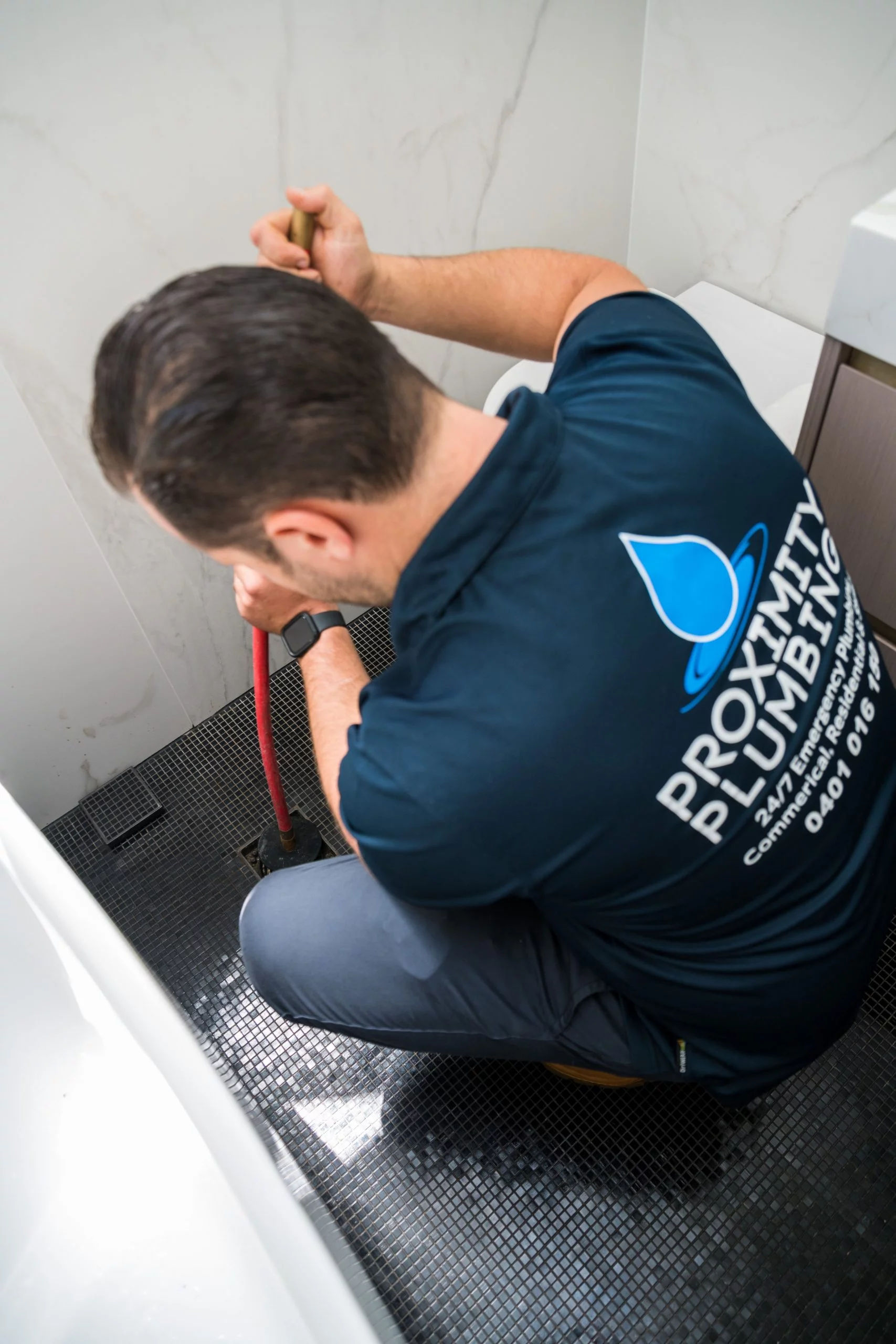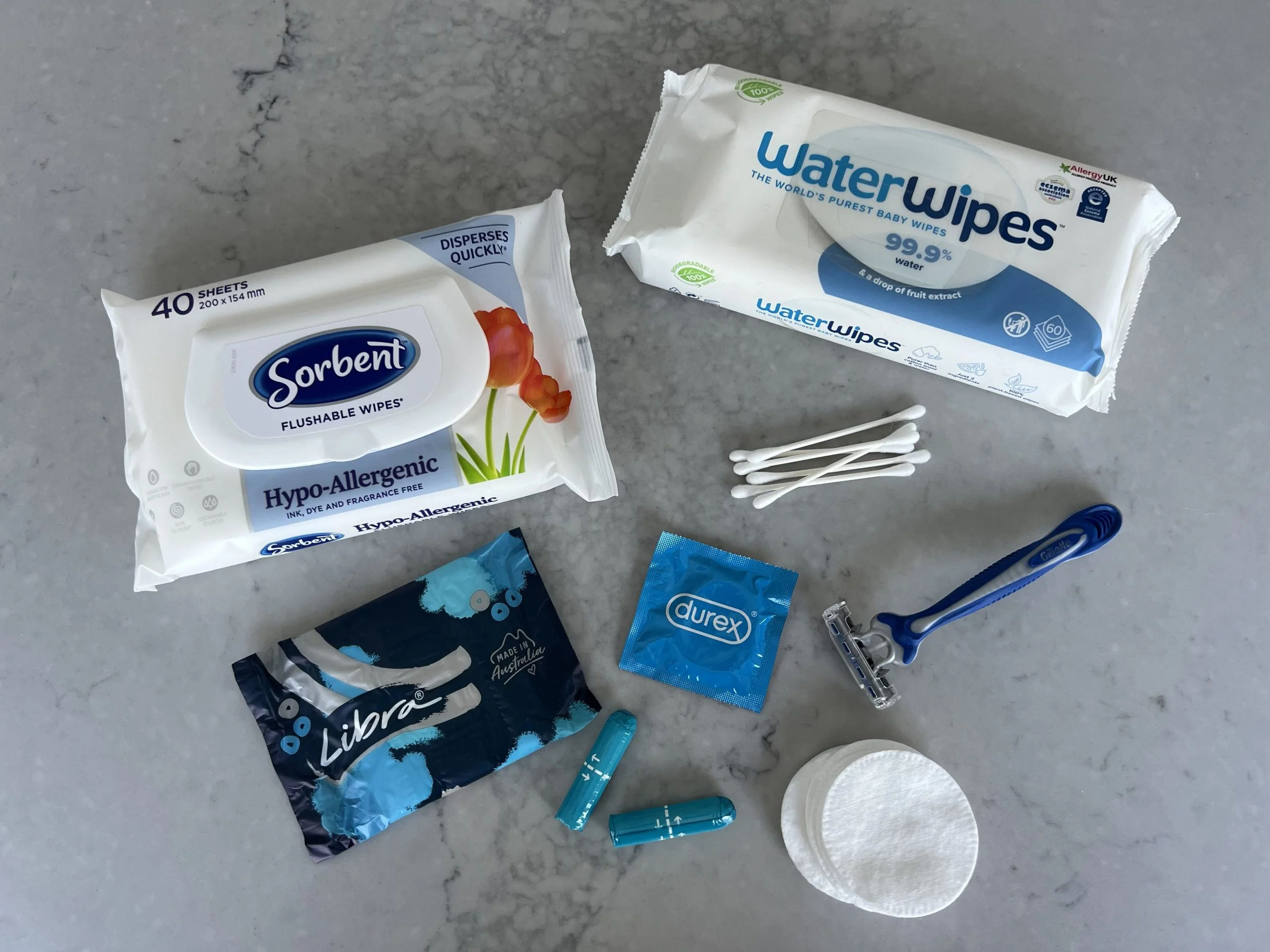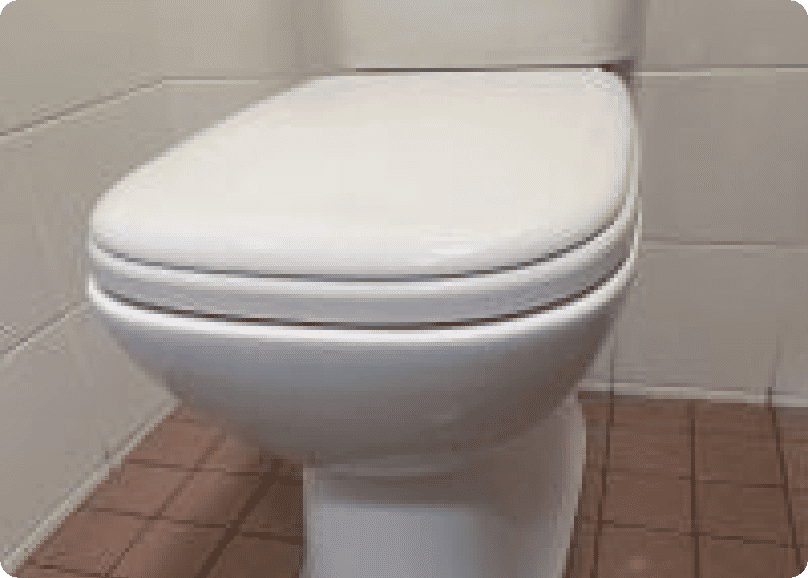How To Use A Plunger
- William Demirdonder
- Sep 28, 2020
- No comments
- 15-minute read

Any blocked drains, showers, or toilets you need to clear ASAP? Your trusty plunger will be your best friend! Choosing the right plunger for the job and knowing how to use it effectively will help you in any blocked drain situations. Plus, it’s the fastest and cheapest way to unblock a drain, sink, or toilet.
A poor flush means that your toilet drain is partially or completely plugged. Most clogged toilets are what are known as “slow drainers.” That is, flush water partially fills the bowl but doesn’t rush out and clean away the waste. The water level remains high, then usually drains down to normal height within a minute or two. You might not even know the toilet is clogged until you flush it. So, if you suspect a problem, test the drainage first, then reach for the toilet plunger.
Step 1: Submerge the plunger cup with water. Make sure enough water is present in the basin to cover the cup of the plunger. This will create a vacuum seal that will help the plunger unblock the drain.
Step 2: Seal off the overflow hole and drains. Sinks and baths normally have an overflow hole. Try to cover them with an old rag to avoid air entering the pipes
Step 3: Get rid of any air from the plunger. Tip the plunger to one side and plunge a couple of times to get rid of any air. To improve the suction, creating a tighter seal by lining the rim of the cup with a small amount of petroleum jelly.
Step 4: Use those muscles and start plunging. Position the cup of the plunger vertically over the drain hole or toilet and begin to plunge in a vertical motion. Even pressure onto the handle is necessary. Push down on the handle gently at first forcing the air out. Continue plunging with quick and deliberate thrusts, directing the pressure down the drain without lifting the plunger enough to break the seal.
Step 5: Pull and clear. Pull the plunger slowly away from where you are plunging and clear any debris.
Step 6: Clean. When you’re finished using the plunger to unclog the block, make sure you clean it. Use gloves to clean the plunger in a strong cleaning solution and leave to dry. Rinse the toilet, sink, drain, or shower flushing or running water through.
Most of the time, plunging is all it takes to clear the clog. But for tougher clogs, try using a toilet snake.
If you’ve ever been in a bathroom with a clogged toilet and no plunger, you’ve probably asked yourself: will this toilet unclog itself?
A clogged toilet will typically unclog itself over time. Most things that clog a toilet are water-soluble which means they will eventually dissolve in the toilet water.
When the clog is given enough time to break down, the pressure of a flush should be enough to clear the pipes.
If you’re experiencing chronically blocked drains, showers or toilets there may be a bigger problem, and having an expert, licensed plumber take a look could end up saving you money down the track. So, call us on 0420 102 394 for a free quote. Plus, we guarantee to be on-site within the eastern suburbs in 30 minutes!
Understanding your home insurance and what you are covered for when it comes to plumbing can be overwhelming. Do you have cover if the land mower of your neighbour damages part of your pipeline?....
Read MoreFatbergs are created when you flush down wet wipes or “flushable” wipes down the toilet and they get caught up in your pipes with a combination of any oils, fats or grease poured down the ....
Read MoreImagine you’re in the midst of a plumbing emergency (we’ve all been there) and you desperately need an ace plumber on your door step. We doubt in the middle of a plumbing emergency you&rs....
Read MoreIrrespective of how hard you try, sometimes a toilet or bathroom clog is unavoidable. Whatever might be the reason for the clog, you need to clear the same. When you wish to fix the problem, a plunger....
Read More



Leave a Reply
Your email address will not be published. Required fields are marked *